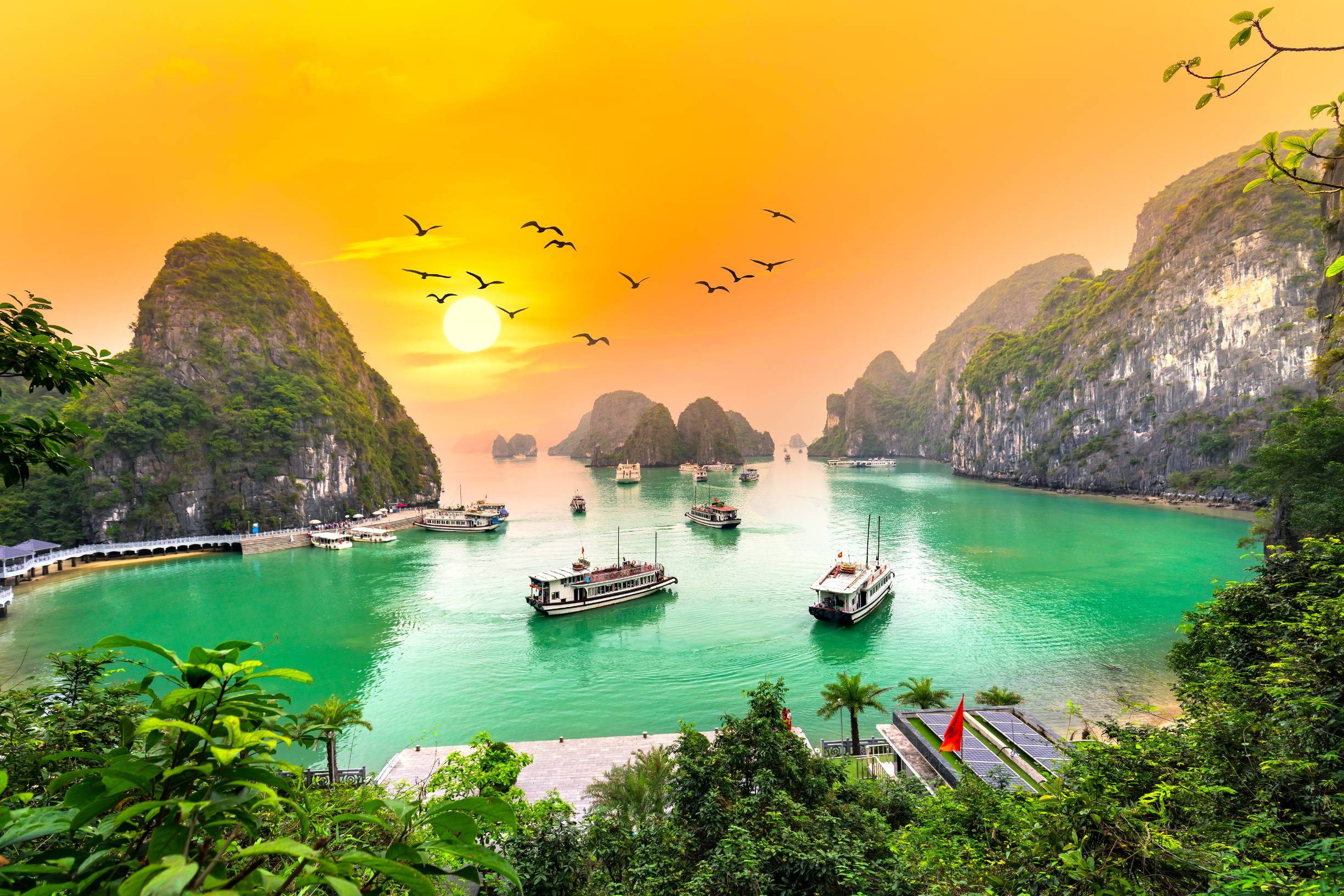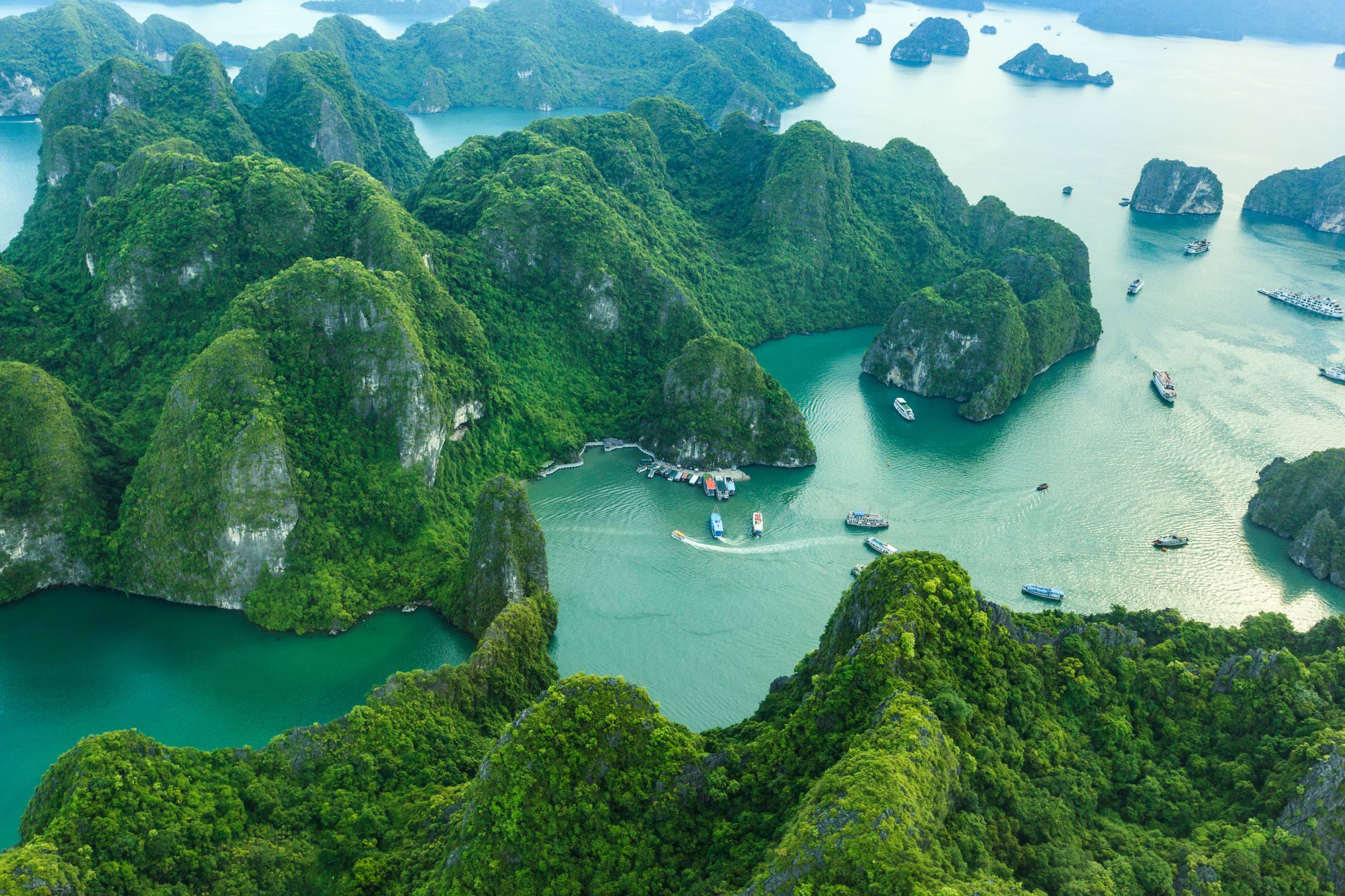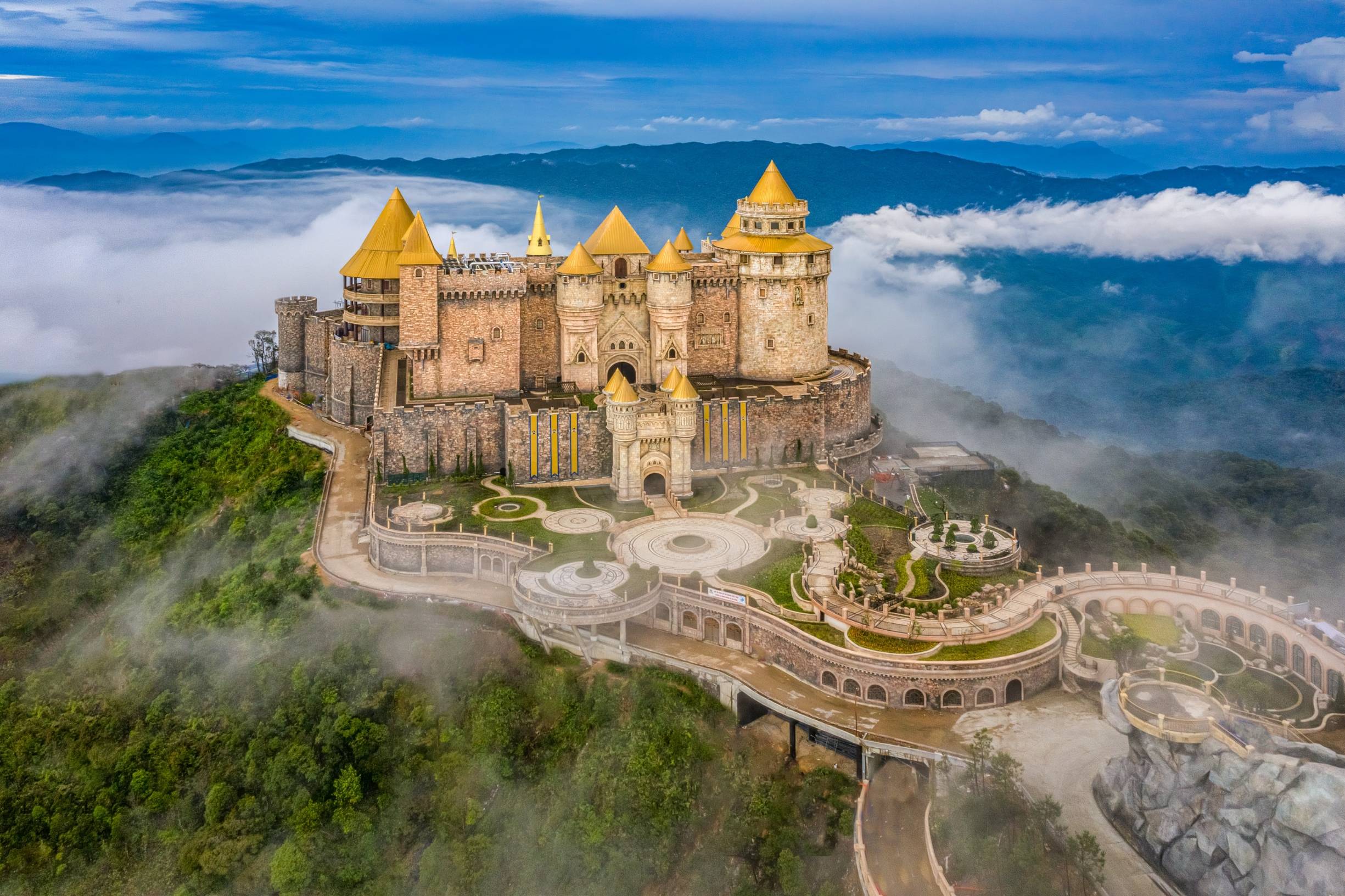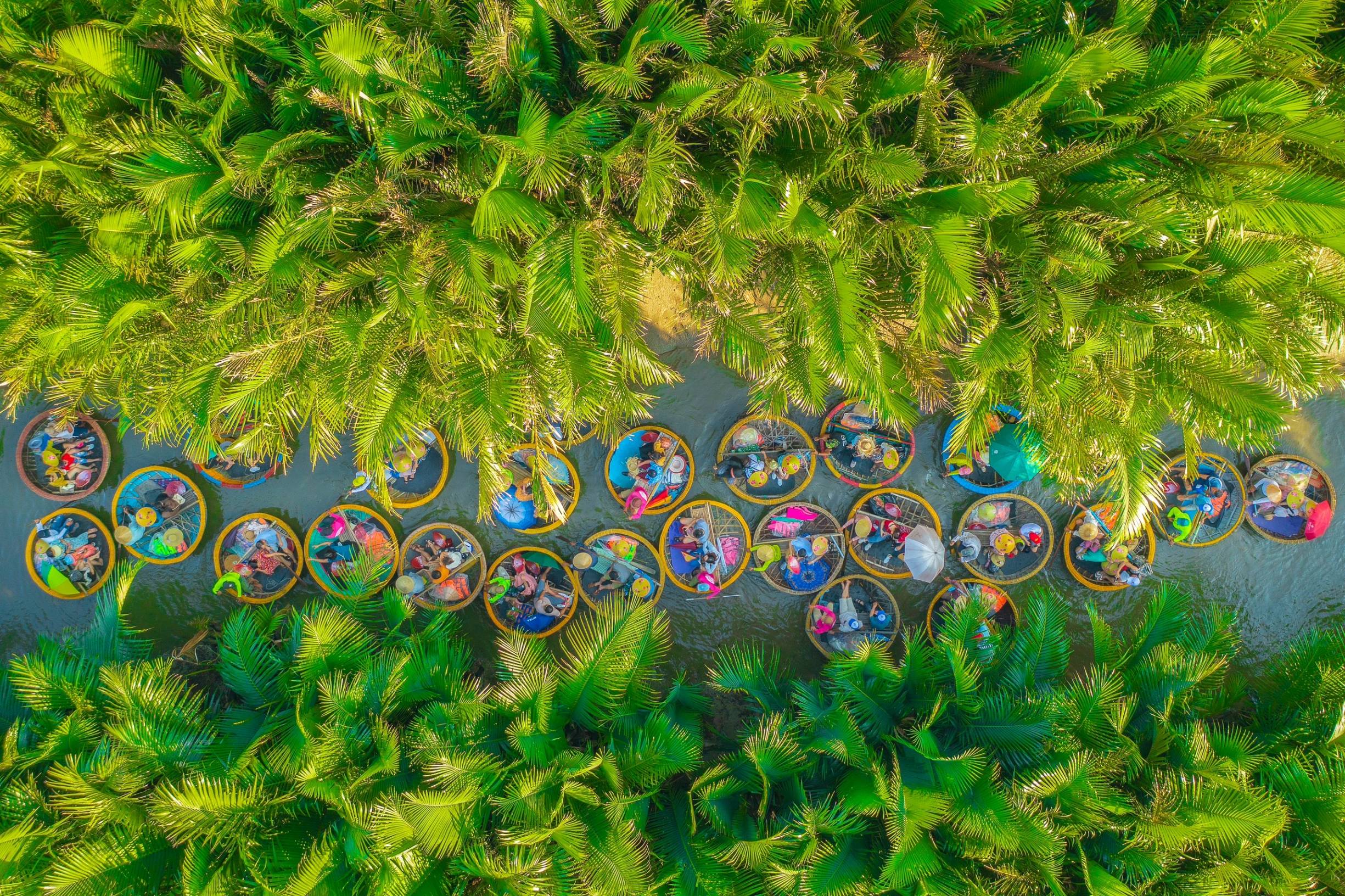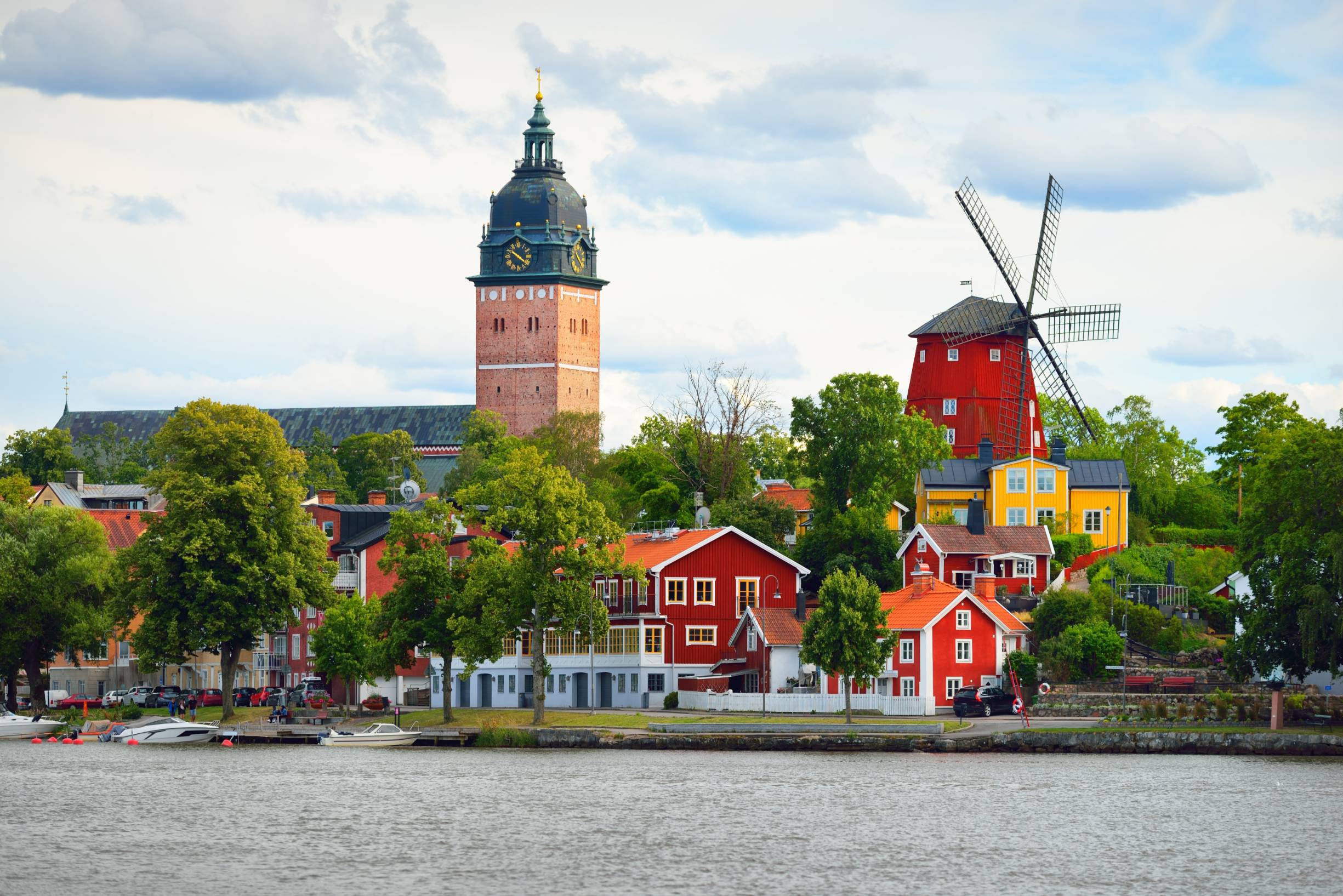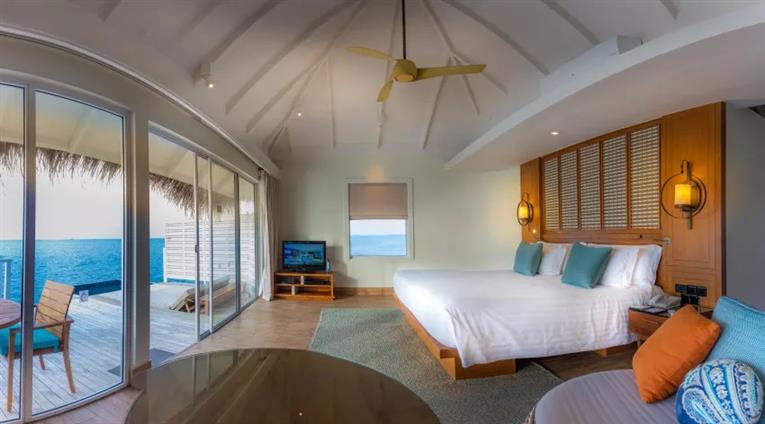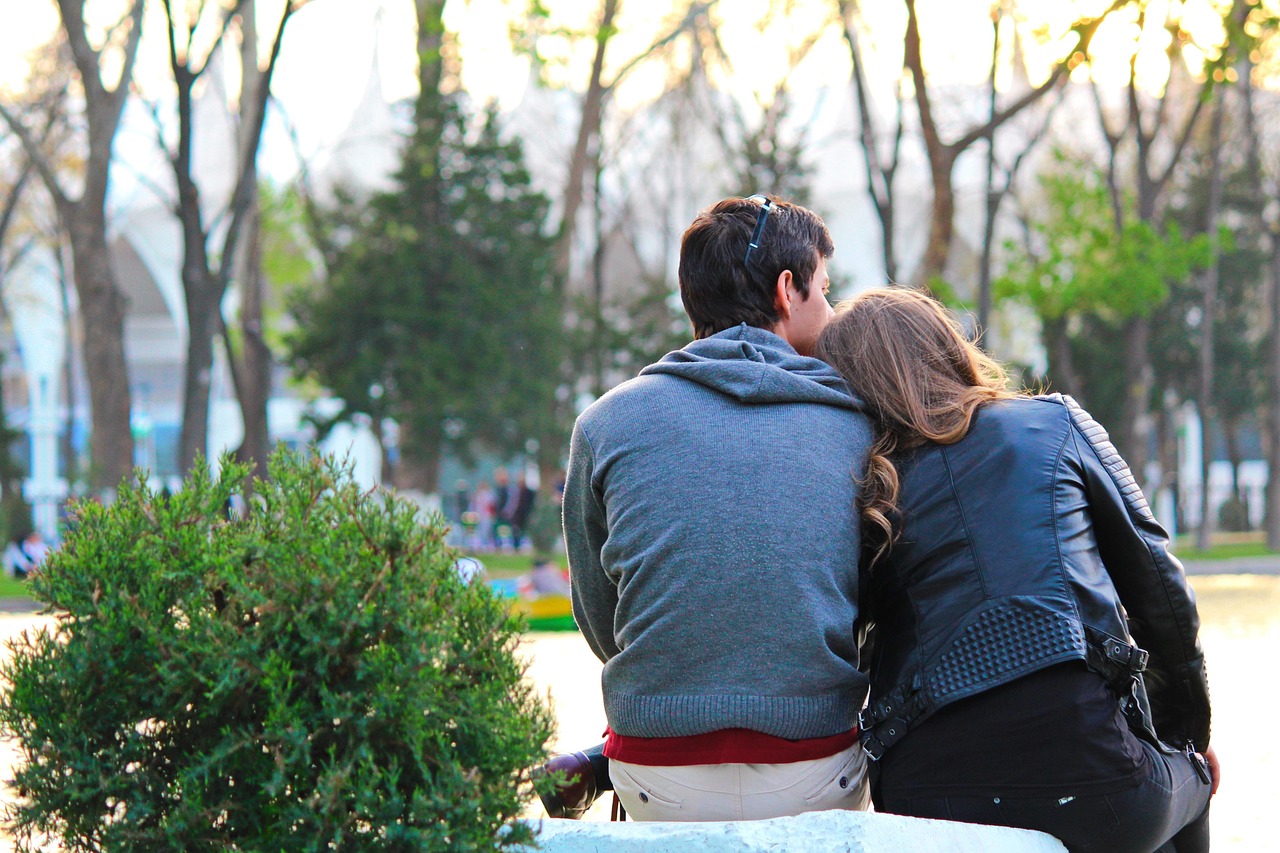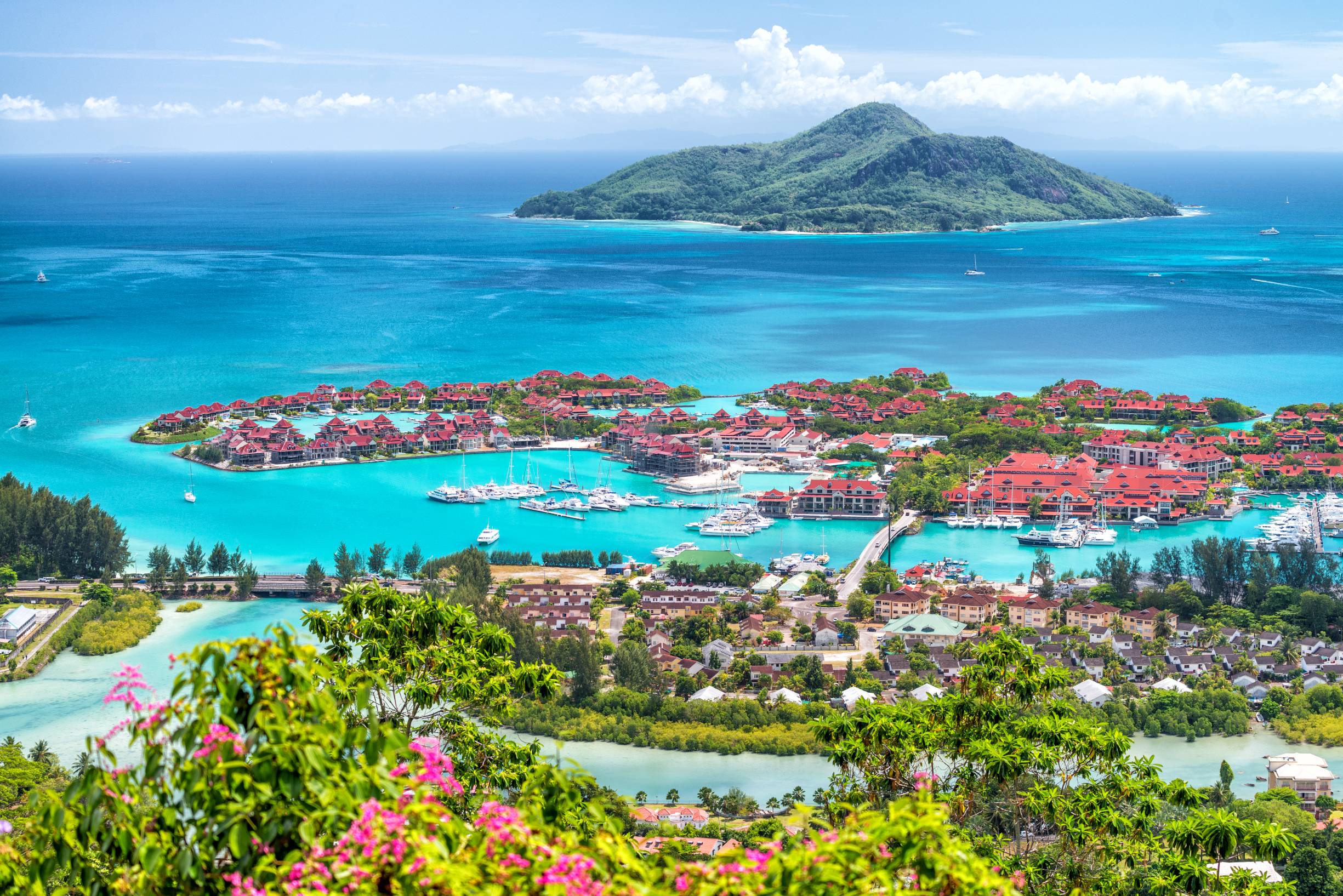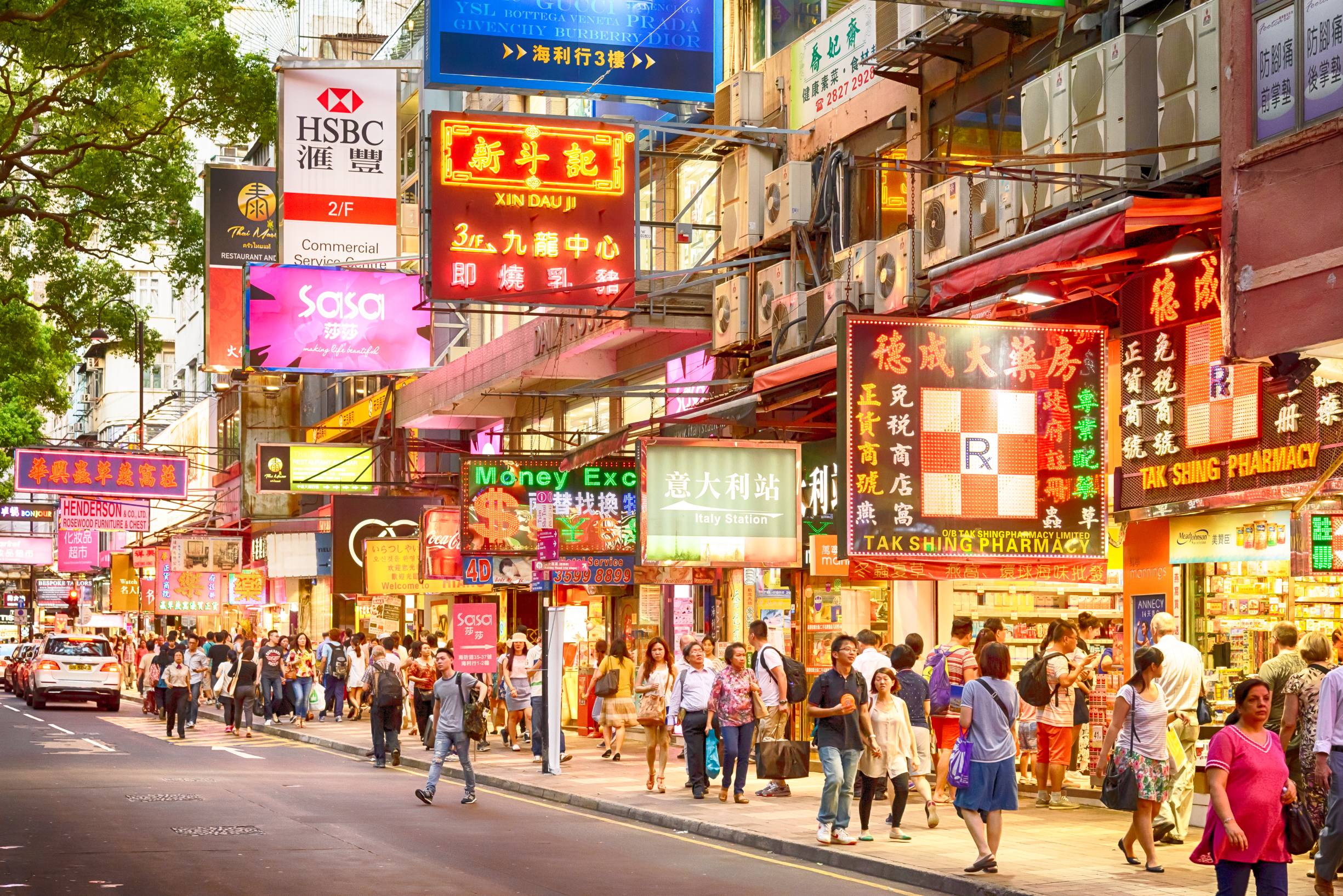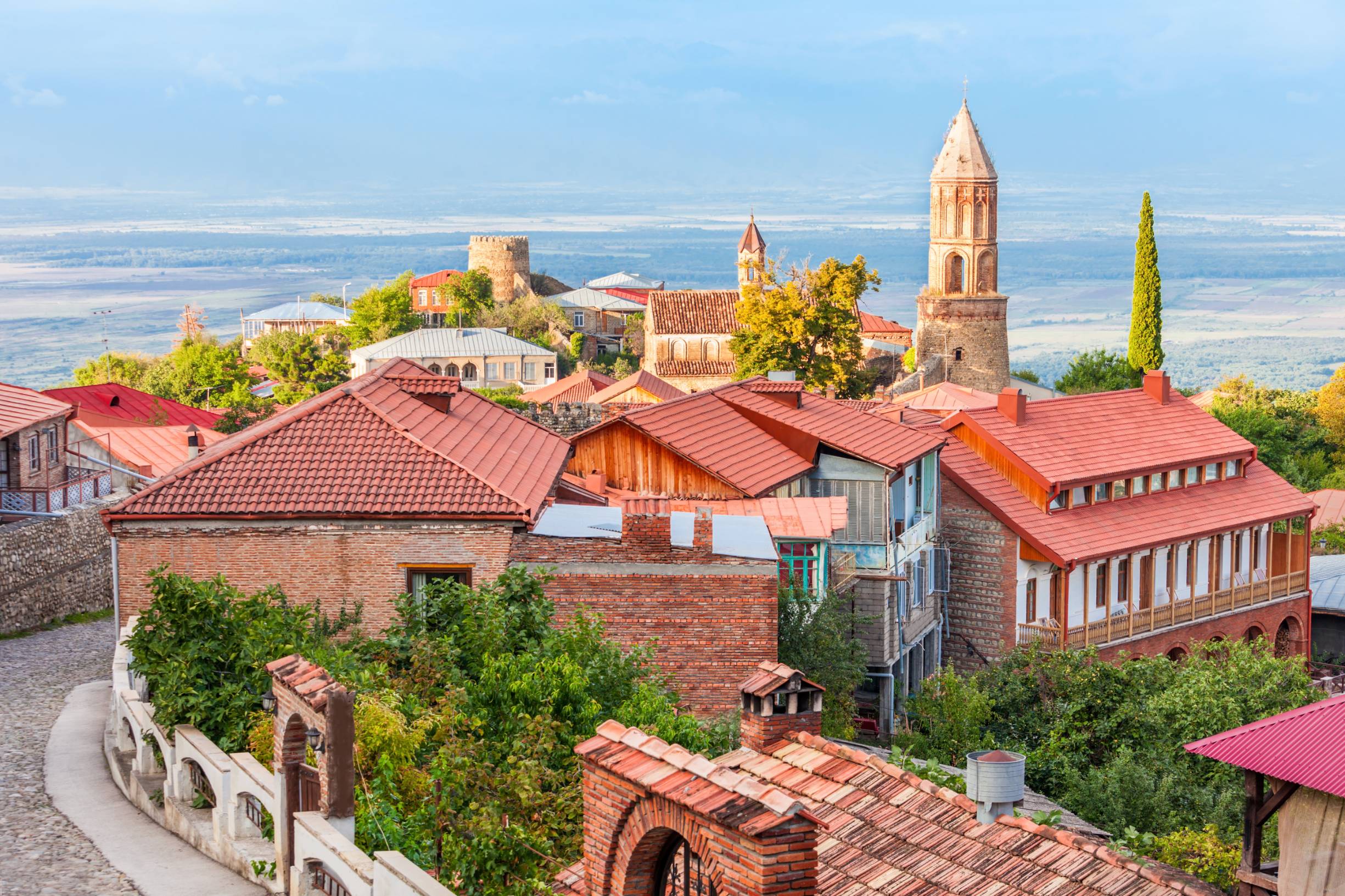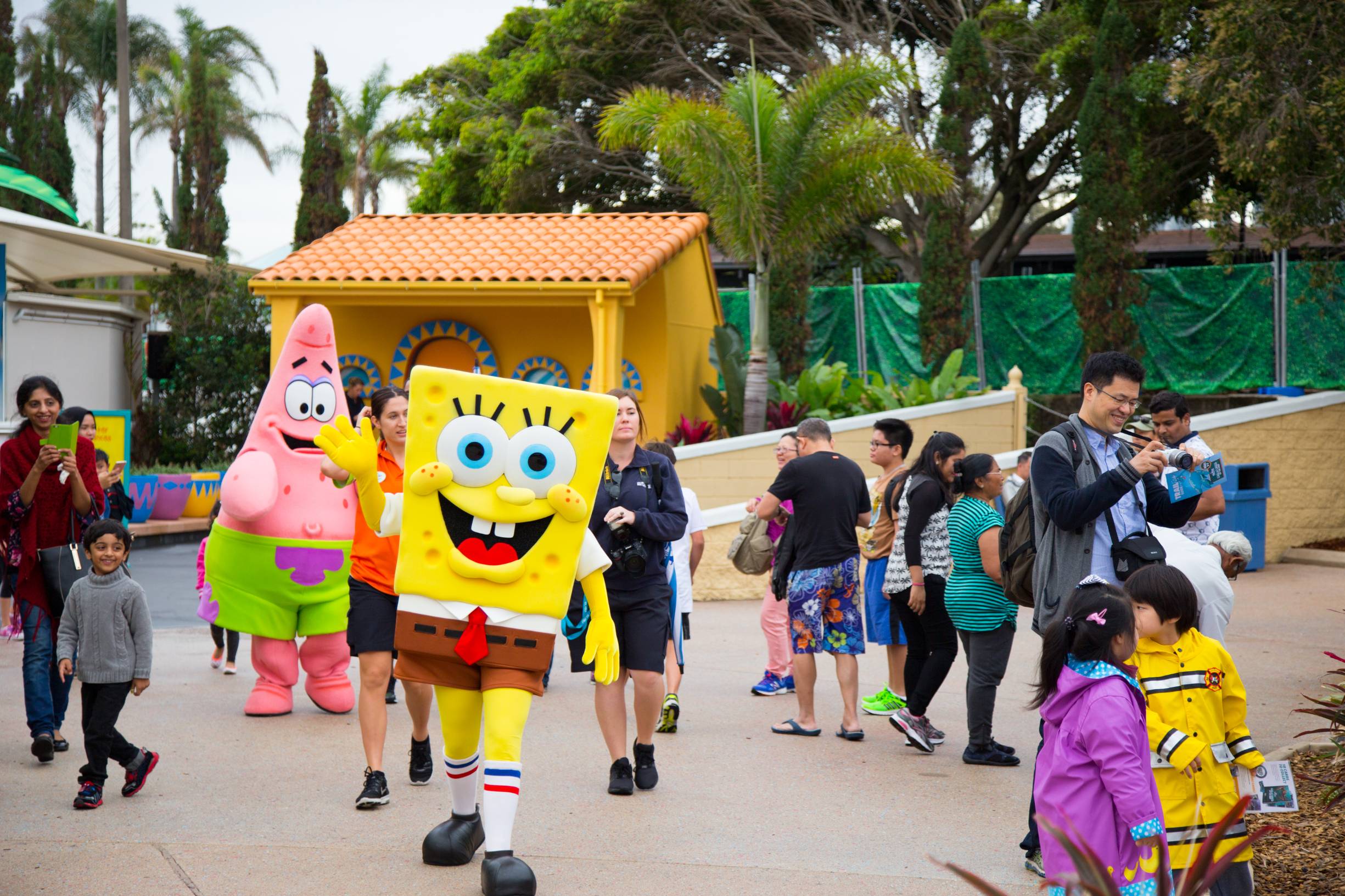Vietnam
Why Visit Vietnam?
Vietnam is a captivating destination that draws travelers for its rich culture, stunning landscapes, fascinating history, and delicious cuisine. Whether you're an adventure seeker, history buff, or food lover, Vietnam offers something for everyone. Here are some compelling reasons why you should visit Vietnam
1. Breathtaking Natural Beauty
- Halong Bay: Known for its emerald waters and towering limestone islands, Halong Bay is a UNESCO World Heritage Site and one of the most stunning natural wonders of the world. You can enjoy boat cruises, kayaking, and explore caves and grottoes.
- Sapa: A picturesque mountainous region in northern Vietnam, Sapa offers terraced rice fields, traditional hill tribe villages, and stunning views of Fan Si Pan, the highest peak in Indochina.
- Phong Nha-Kẻ Bàng National Park: Home to some of the world’s largest caves, including the famous Son Doong Cave, this park offers dramatic landscapes and adventurous activities like caving and trekking.
2. Rich Cultural Heritage
- Hanoi: The capital city, Hanoi, is steeped in centuries of history, with French colonial architecture, ancient temples, and peaceful lakes like Hoan Kiem Lake. It’s the perfect blend of old and new, offering traditional markets and lively street food scenes.
- Hue: Once the capital of Vietnam, Hue is home to the ancient Imperial City, royal tombs, and other historical sites that showcase Vietnam’s royal past.
- Hoi An: A charming, UNESCO-listed town, Hoi An is famous for its well-preserved Ancient Town, traditional wooden houses, and lantern-lit streets. It’s a place to discover Vietnam’s rich merchant history and vibrant arts and crafts.
3. Delicious and Diverse Cuisine : Vietnamese food is world-renowned for its fresh ingredients, bold flavors, and variety. It’s a must-try for food enthusiasts.
- Pho: This famous noodle soup is a symbol of Vietnamese cuisine, typically served with beef or chicken and a flavorful broth.
- Banh Mi: A fusion of French and Vietnamese cultures, this is a savory sandwich stuffed with meats, vegetables, and herbs, all inside a crispy baguette.
- Fresh Seafood: Coastal regions like Da Nang and Nha Trang offer delicious seafood dishes, including grilled fish, prawns, and calamari.
- Street Food: Vietnam is known for its vibrant street food culture. You can find food stalls serving everything from spring rolls to banh xeo (Vietnamese pancakes) on every corner.
4. Rich History and War Sites
- Cu Chi Tunnels (Ho Chi Minh City): These underground tunnels used by the Viet Cong during the Vietnam War are an eerie yet educational experience. You can crawl through the tunnels and learn about the strategies used during the war.
- War Remnants Museum (Ho Chi Minh City): This museum offers an eye-opening look at the Vietnam War, with powerful exhibits on the effects of the war and the struggles of the Vietnamese people.
- My Lai Massacre Memorial: A poignant and moving site dedicated to remembering the atrocities of the My Lai Massacre during the Vietnam War.
5. Vibrant Cities and Nightlife
- Ho Chi Minh City (Saigon): The bustling economic hub of Vietnam, Saigon is a vibrant, modern city with a mix of old French colonial architecture and sleek skyscrapers. The city is known for its shopping, dining, and lively nightlife.
- Hanoi: For a more laid-back atmosphere, Hanoi offers a charming old quarter with narrow streets full of markets, street food stalls, and cafes.
- Nha Trang: If you're a beach lover, Nha Trang has beautiful coastal resorts and a lively nightlife scene, offering bars, clubs, and beach parties.
6. Incredible Beaches : Vietnam has a stunning coastline stretching over 3,000 kilometers, offering some of the most beautiful beaches in Southeast Asia.
- Phu Quoc Island: Famous for its white-sand beaches, crystal-clear waters, and upscale resorts. It’s perfect for relaxing, snorkeling, and exploring the surrounding islands.
- Da Nang: Known for its stunning beaches such as My Khe Beach, Da Nang offers a mix of natural beauty and modern infrastructure. It's also a great base to visit the nearby Marble Mountains and Hoi An.
7. Adventure and Outdoor Activities
- Trekking in Sapa: If you're a hiking enthusiast, Sapa offers an incredible trekking experience through terraced rice fields, mountains, and villages inhabited by indigenous tribes.
- Caving in Phong Nha: Explore one of the world’s largest cave systems, including Son Doong Cave, which is large enough to house an entire skyscraper.
- Motorbiking: Vietnam is famous for its motorbike culture, and renting a bike to explore the scenic countryside or coastal roads is a popular way to see the country.
8. Welcoming and Friendly Locals : Vietnamese people are known for their warmth and hospitality. Whether you’re visiting a rural village or a bustling city, you’ll likely encounter kind locals eager to share their culture and traditions. Learning a few basic phrases in Vietnamese, like "Xin chào" (Hello), can go a long way in making connections.
9. Affordable Travel Destination : Vietnam is incredibly affordable for travelers, especially compared to other Southeast Asian countries. You can enjoy high-quality meals, comfortable accommodations, and exciting activities on a budget, making it an excellent destination for backpackers, solo travelers, and families alike.
10. A Country of Contrasts : Vietnam offers a unique combination of natural beauty, vibrant cities, historical landmarks, and an evolving culture. From the peaceful serenity of Ha Long Bay to the bustling streets of Ho Chi Minh City, the country is full of contrasts that provide travelers with endless experiences and opportunities for exploration.
Best Time to Visit Vietnam
The best time to visit Vietnam largely depends on which region of the country you're planning to explore, as the weather can vary significantly from north to south. Here's a breakdown of the optimal times to visit different parts of Vietnam:
1. North Vietnam (Hanoi, Sapa, Halong Bay)
- Best Time to Visit: October to April
- Winter (November to February): While it can be chilly, especially in northern regions, it’s a great time for sightseeing and enjoying the scenic beauty of places like Sapa and Halong Bay.
- Spring (March to April): This is one of the most pleasant times in the north, with mild temperatures and clear skies.
2. Central Vietnam (Hue, Da Nang, Hoi An)
- Best Time to Visit: February to April
- Spring (February to April): The temperatures are comfortable and the region experiences less rainfall, making it perfect for beach outings and sightseeing.
3. South Vietnam (Ho Chi Minh City, Mekong Delta, Phu Quoc)
- Best Time to Visit: December to April
- Dry Season (December to April): The weather is hot and dry, making it ideal for beach vacations, exploring the cities, and visiting cultural sites.
- Rainy Season (May to November): The wet season in the south brings heavy showers and humidity, which can make travel less enjoyable, especially for outdoor activities like visiting the Mekong Delta or lounging on beaches.
Final Tip
- Pack Layers: Vietnam’s weather varies greatly by region, so bring light, breathable clothing for the south and cool-weather gear for the north, especially during the winter months.
- Prepare for Rain: From May to October, expect rain in the south and central regions, so carry a waterproof jacket or umbrella.
- Stay Hydrated: Vietnam can be hot and humid year-round, so drink plenty of water and wear sunscreen.Dress Modestly: When visiting temples or religious sites, dress modestly by covering your shoulders and knees.
Vietnam Visa for Indians – Everything You Need to Know
Indian citizens who wish to visit Vietnam for tourism, business, or other purposes are required to obtain a visa. Below is a guide to help you understand the visa process and options available for Indian travelers:
1. Types of Vietnam Visas for Indians
There are a few different types of visas depending on the purpose of your visit:
- Tourist Visa (Single Entry or Multiple Entry): For short-term visits for tourism, typically valid for 1 month or 3 months.
- E-Visa: A single-entry tourist visa available for 30 days (more about this below).
- Visa on Arrival (VOA): Available for air travelers only and requires an approval letter in advance.
2. Vietnam E-Visa for Indian Citizens
- What is it?: The Vietnam E-Visa is an online visa that allows you to enter Vietnam for tourism or business purposes.
- Validity: The E-Visa is valid for a single entry and stays up to 30 days.
- Process: You can apply for the E-Visa on the official Vietnam government website by submitting your details and paying the visa fee online. It typically takes 3 working days to process.
- Requirements: You’ll need a scanned copy of your passport, a passport-size photo, and a valid email address for receiving your e-visa approval.
3. Vietnam Visa on Arrival (VOA)
- Eligibility: Only available for travelers arriving at international airports in Vietnam (e.g., Hanoi, Ho Chi Minh City, Da Nang).
- Approval Letter: Before applying for VOA, you must obtain an approval letter from a licensed travel agency in Vietnam. This letter allows you to collect your visa upon arrival at the airport.
- Application: Apply for the approval letter online, then present it along with your passport, passport-sized photos, and the visa stamping fee at the airport’s immigration desk.
- Validity: Available for single-entry or multiple-entry stays, typically up to 30 days.
4. Vietnam Embassy/Consulate Visa
- Where to Apply: You can apply for a visa through the nearest Vietnam Embassy or Consulate in India (in cities like New Delhi, Mumbai, Chennai, etc.).
- Process: Submit your passport along with a filled-out application form, recent passport-sized photos, flight itinerary, hotel booking, and the visa fee. The processing time is usually 3-5 business days.
- Validity: The embassy or consulate can issue single-entry or multiple-entry visas for up to 3 months.
5. Vietnam Visa Requirements for Indian Citizens
- Valid Passport: Ensure your passport is valid for at least 6 months beyond your intended stay in Vietnam.
- Passport-Sized Photos: Typically, you will need two passport-sized photographs (for visa application at the embassy or airport).
- Travel Documents: You may need to provide proof of accommodation (hotel bookings), a return ticket, and sometimes a financial statement as proof of sufficient funds.
Important Notes
- Visa Extensions: Vietnam offers visa extensions for tourists who want to stay longer. Extensions can be arranged through local travel agents, but it is easier to get one before your initial visa expires.
- Visa Exemptions: Indian citizens are not eligible for visa-free entry into Vietnam, so you must have a valid visa.
- Travel Insurance: It is advisable to have travel insurance to cover medical emergencies and other unforeseen circumstances during your stay in Vietnam.
Top Places to Visit in Vietnam
Vietnam is a beautiful country offering a wide variety of experiences, from bustling cities and rich history to stunning natural landscapes. Here are some top places to visit in Vietnam
1. Hanoi
Hanoi is the capital of Vietnam, known for its old-world charm, French colonial architecture, and rich history. The city blends traditional Vietnamese culture with French influences, offering historical landmarks, temples, and bustling street markets.
2. Halong Bay
This UNESCO World Heritage Site is famous for its limestone karsts and emerald green waters. A boat cruise through Halong Bay is one of the most iconic experiences in Vietnam.
3. Sapa
Located in northern Vietnam, Sapa is known for its stunning mountain scenery, terraced rice fields, and ethnic minority villages. It’s a popular destination for trekking and experiencing the culture of indigenous tribes.
4. Hue
Hue is a historical city that was once the capital of Vietnam. It is home to the Imperial City, ancient temples, and royal tombs, offering insight into Vietnam’s royal past.
5. Hoi An
A UNESCO World Heritage town, Hoi An is famous for its well-preserved ancient town, vibrant lantern-lit streets, and delicious cuisine. It’s also known for its tailoring shops where you can get custom-made clothes.
6. Da Nang
Da Nang is a dynamic coastal city known for its beaches, nearby mountains, and modern city vibe. It serves as a base for exploring the ancient town of Hoi An and the imperial city of Hue.
7. Ho Chi Minh City (Saigon)
The largest city in Vietnam, Ho Chi Minh City is a fast-paced metropolis with a mix of colonial architecture, modern skyscrapers, and vibrant markets. It’s also the gateway to the Mekong Delta.
8. Mekong Delta
The Mekong Delta is a vast network of rivers, swamps, and islands in southern Vietnam, offering a unique glimpse into rural life. It’s an ideal spot for river cruises and exploring floating markets.
9. Phong Nha-Kẻ Bàng National Park
This UNESCO World Heritage Site is famous for its caves, including Son Doong Cave, the largest cave in the world. The park is also home to stunning landscapes, lush forests, and rich biodiversity.
10. Phu Quoc Island
Phu Quoc is Vietnam’s largest island, known for its white sandy beaches, clear waters, and relaxed atmosphere. It’s a great destination for beach lovers and those seeking a peaceful retreat.
Top Adventure Activities in Vietnam
Vietnam is known for its stunning landscapes and rich culture, making it an excellent destination for adventure activities. Here are some of the top adventure activities you can enjoy in Vietnam
1. Trekking in Sapa
Sapa is famous for its dramatic terraced rice fields, towering mountains, and vibrant local cultures. Trekking through the region lets you explore villages inhabited by ethnic minorities like the Hmong and Tay people.
2. Cave Exploration in Phong Nha-Kẻ Bàng National Park
This UNESCO World Heritage site is home to some of the largest and most spectacular caves in the world, including the famous Sơn Đoòng Cave.
3. Motorbiking on the Hai Van Pass
The Hai Van Pass is one of the most scenic roads in Vietnam, with winding turns and breathtaking views of the coastline and lush mountains.
4. Kayaking in Ha Long Bay
Ha Long Bay’s emerald waters and towering limestone karsts make it one of the most iconic locations in Vietnam. Kayaking allows you to explore the bay more intimately.
5. Sandboarding in Mui Ne
Mui Ne is known for its vast sand dunes, which are perfect for sandboarding and other dune activities.
6. Rock Climbing in Cat Ba Island
Cat Ba Island offers some of the best rock climbing in Vietnam, with limestone cliffs overlooking the sea.
7. Cycling in the Mekong Delta
The Mekong Delta offers a network of small islands, winding rivers, and rural landscapes, making it perfect for cycling and exploring off-the-beaten-path villages.
8. Zip-lining in Ba Na Hills
Ba Na Hills is home to the world’s longest and highest cable car ride, as well as zip-lining experiences.
9. Snorkeling and Scuba Diving in Nha Trang
Nha Trang is renowned for its beautiful beaches and clear waters, making it a great destination for underwater activities.
10. Trekking in the Central Highlands
The Central Highlands offer unique cultural experiences and trekking opportunities through forests, waterfalls, and coffee plantations.
Popular Restaurants for Indian Tourists in Vietnam
Vietnam offers a fantastic blend of local cuisine and international dining options, and Indian tourists can easily find familiar tastes in the bustling cities and tourist hotspots. Here are some popular restaurants for Indian tourists in Vietnam
- Saffron Indian Restaurant (Hanoi)
- The Royal India (Ho Chi Minh City)
- Bamboo Indian Restaurant (Hanoi)
- Ganesh Restaurant (Ho Chi Minh City)
- Tandoor Restaurant (Hanoi)
- Indochine Restaurant (Ho Chi Minh City)
- The Cinnamon (Ho Chi Minh City)
- Namaste Hanoi (Hanoi)
- Indian Curry House (Hanoi)
- Annam Indian Cuisine (Ho Chi Minh City)
Best Shopping Spots in Vietnam
- Ben Thanh Market (Ho Chi Minh City)
- Dong Xuan Market (Hanoi)
- Night Markets in Hanoi (Old Quarter)
- Vincom Centers (Across Vietnam)
- Saigon Square (Ho Chi Minh City)
- An Dong Market (Ho Chi Minh City)
- Cholon (Ho Chi Minh City’s Chinatown)
- Hoi An Ancient Town (Hoi An)
- Dong Khoi Street (Ho Chi Minh City)
- Nha Trang Night Market (Nha Trang)
- Binh Tay Market (Ho Chi Minh City)
- Tuan Chau Island (Halong Bay)
- Bai Dinh Pagoda Market (Ninh Binh)
Top Places to Enjoy Nightlife in Vietnam
- Bui Vien Street (Ho Chi Minh City)
- Rooftop Bars in Ho Chi Minh City (District 1)
- Hanoi Old Quarter
- Lotte Observation Deck (Hanoi)
- Sailing Club (Nha Trang)
- The Observatory (Ho Chi Minh City)
- Bars and Clubs in Pham Ngu Lao Street (Ho Chi Minh City)
- Sunset Beach Club (Phu Quoc Island)
- The Hive (Hanoi)
- OQ Lounge Bar (Ho Chi Minh City)
- Pub Crawl in Ho Chi Minh City
- M Club (Da Nang)
Important Tips for Hassel free travel
- Make sure your passport is valid for at least six more months after your trip.
- Bring any medicines you might need.
- The money used in Vietnam Vietnamese Dongs (VND). While USD is accepted in many places, it's better to have VND.
- Wear modest clothes—cover your knees and shoulders in public.
- During Ramadan, do not eat, drink, or smoke in public during the day.
- Ask for permission before taking pictures of local people.
- Most clubs allow only people 25 years or older. Carry your ID to be sure.
Book Vietnam Package with Travelojourney and Create Memories for life !





